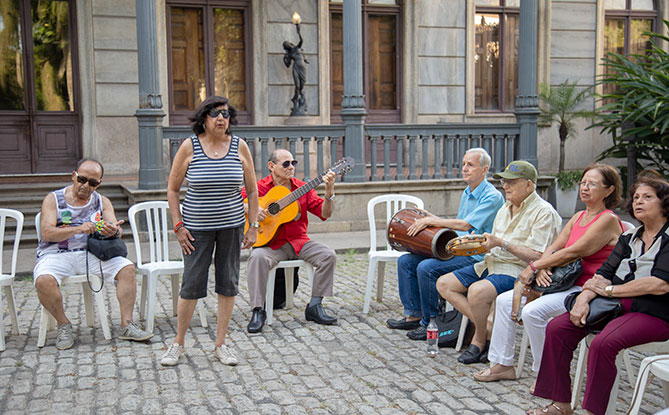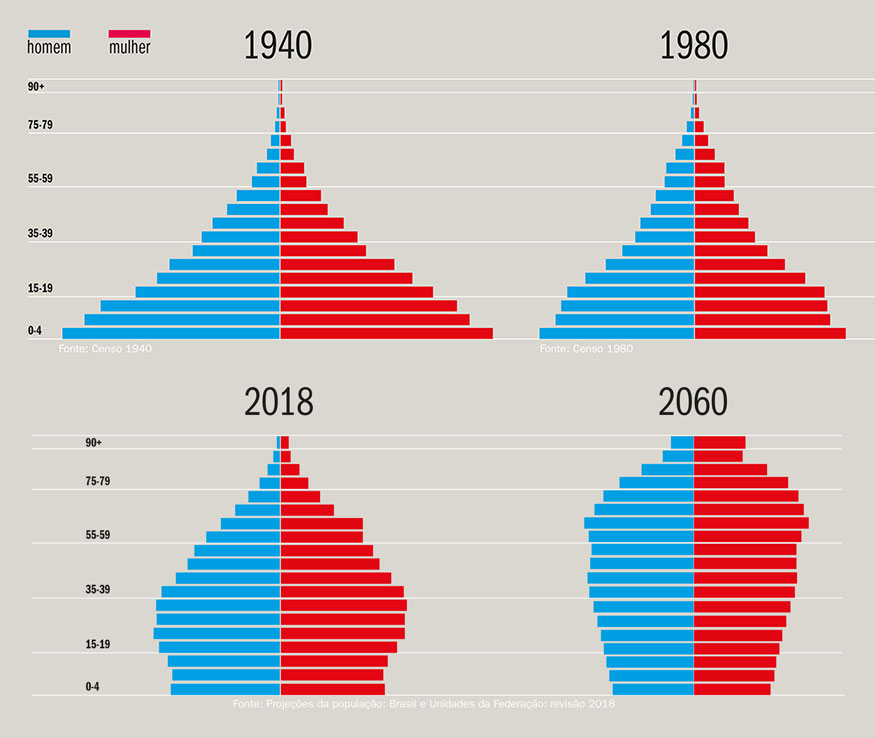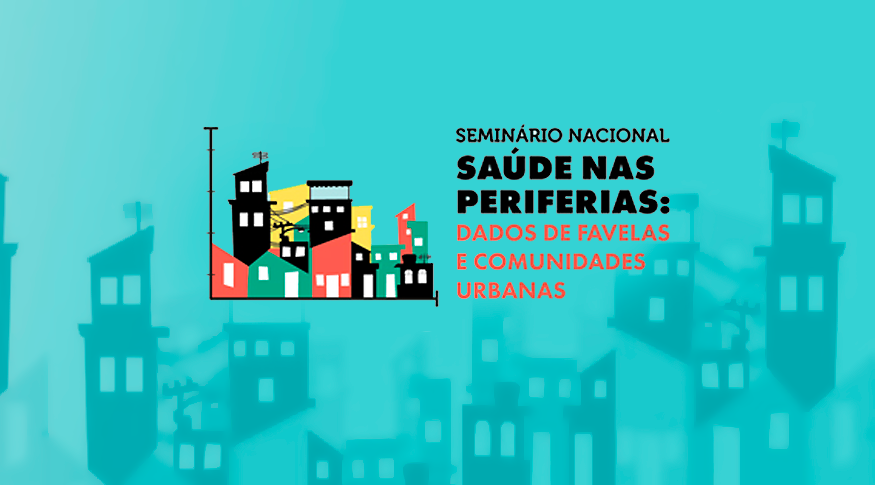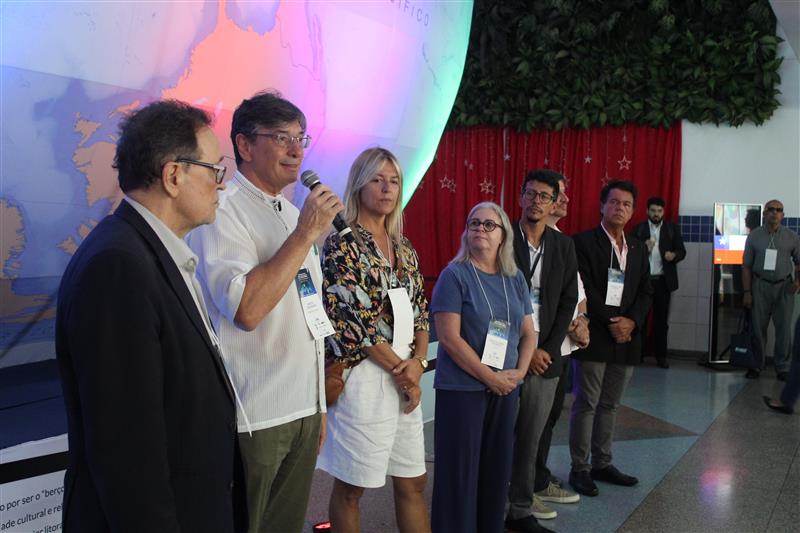Retratos Magazine
The elderly show ways for a better aging
March 19, 2019 10h30 AM | Last Updated: March 21, 2019 11h01 AM

According to the World Health Organization (WHO), every individual aged 60 years old and over is considered an elderly. Brazil has more than 28 million persons in this age group, a number which represents 13% of the country's population. And this percentage tends to double in the next decades, according to the Population Projection, released in 2018 by the IBGE.
In order for the elderly at present and those in the future to have quality of life, it is necessary to ensure them rights related to health, labor, social assistance, education, culture, sports, housing and transportation means. In Brazil, those rights are ruled by the National Policy for the Elderly and by Statute of the Elderly sanctioned in 1994 and in 2003, respectively. Both documents should pave the way for public policies and initiatives effectively aimed at better aging.
“Music is therapy”
It was during a stroll with her husband, in 1991, that Beatriz Spinoza, aged 73 years old – or “almost 74”, as she goes on saying – discovered the serenade at the Palácio do Catete, in Rio de Janeiro. “We heard the most stunning voice and decided to come in and check it out”, she remembers. They immediately fell in love with it. Beatriz become a regular participant of the musical meetings. “There was a time when I participated every day, but nowadays I miss one or two meetings at most", she says. “We are becoming older, our husbands die and most of us start to feel lonely. Not me! I come her, talk to others, have fun, make friends...”.
 The serenade audience of Palácio do Catete comprises the elderly aged 60 to 90 years old - Photo: Licia Rubinstein/IBGE News Agency
The serenade audience of Palácio do Catete comprises the elderly aged 60 to 90 years old - Photo: Licia Rubinstein/IBGE News Agency
One of her serenade friends, Dulce Silva (aged 77), found in the activity not only a moment of leisure, but also a so far hidden skill. “I've always liked to go out; if you want to punish me, make me stay home. And the serenade is delightful. I was brought here by a friend and started singing as an ‘intruder’, now I think I am a real singer”, she says.
The National Survey of Health (PNS), carried out by the IBGE in 2013, showed that for each group of four people aged 60 and over, at least one participates in social activities, as the serenades of the Palácio do Catete. The percentage was bigger among women, achieving nearly 30%. But men's participation was also significant, edging 20%.
Miguel Zogahib (87 years old) is an example of that. He has participated in the serenade for so long that when people ask him how he heard about the meetings, he answers without any hesitation: “I was born here”. For Miguel, the serenade is a hobby that gathers "first class" musicians. “Music is therapy”, he claims.
Just like Beatriz, Dulce and Miguel, many other elderlies have found in the Palácio do Catete a place for leisure. According to Maria Helena Versian, historian of the Museu da República, every serenade has, on average, 50 participants. Although it is also attended by younger people and even children, most of the audience is aged between 60 and 90 years old.
Decisions as to population aging
The elderly population tends to grow in Brazil in the next decades, as pointed out by the Projection of Population, of the IBGE, updated in 2018. According to the survey, in 2043, a quarter of the population shall be older than 60 years old, whereas the proportion of youngsters of 14 years old will be of just 16.3%. According to the IBGE, demographer Izabel Marri, as of 2047 the population will stop growing, which will contribute to the process of population aging – when the oldest groups are in a bigger proportion in relation to the youngest ones.

The ratio of the percentage of the elderly to that of the youngsters is called “aging index”, which should increase from 43.19%, in 2018, to 173.47%, in 2060. This process can be observed graphically by changes in the shape of the age pyramid through the years, which follows a world trend of base narrowing (except children and youngsters) and body (adults) and top (elderly) broadening.
The demographer comments that the main cause for this aging trend would be the lower number of births each year, that is, the drop of the fertility rate, and also the increase of the Brazilian life expectancy. According to the IBGE Complete Life Tables, people who were born in Brazil in 2017 can reach, on average, 76 years of age. In the projection, those who were born in 2060 can reach 81 years old. Since 1940, life expectancy has increased 30.5 years.
Also, according to the PNS, 17.3% of the elderly presented functional limitations to carry out the Instrumental Activities of Daily Living (IALDs), which are tasks such as going shopping, managing finances, taking medicine, using transportation means, using the phone and carrying out domestic chores. The proportion increases to 39.2% among those aged 75 and over.
However, good health is also a presupposition for people. Simone Wajnman, professor of demography at the Federal University of Minas Gerais (UFMG), reminds us that in Brazil elderly workers come from a time when studying was the privilege of an elite and, therefore, they have low levels of schooling. "What we see today in the Brazilian market is that those who are more likely to continue working at older ages are the ones who have more schooling, who carry out occupations that do not depend on physical strength," he says.
One of the initiatives in the labor market around the world, reported by Simone, is the allocation of the elderly in public service areas, or in other functions that require a more experienced and responsible professional. She believes that the possibility of reducing or relaxing the working day for these people is also a solution. Discussions on initiatives and public policies for the elderly should also take into account that this population is not homogeneous.
Read the full article in the Retratos Magazine - Retratos nº 16.




















